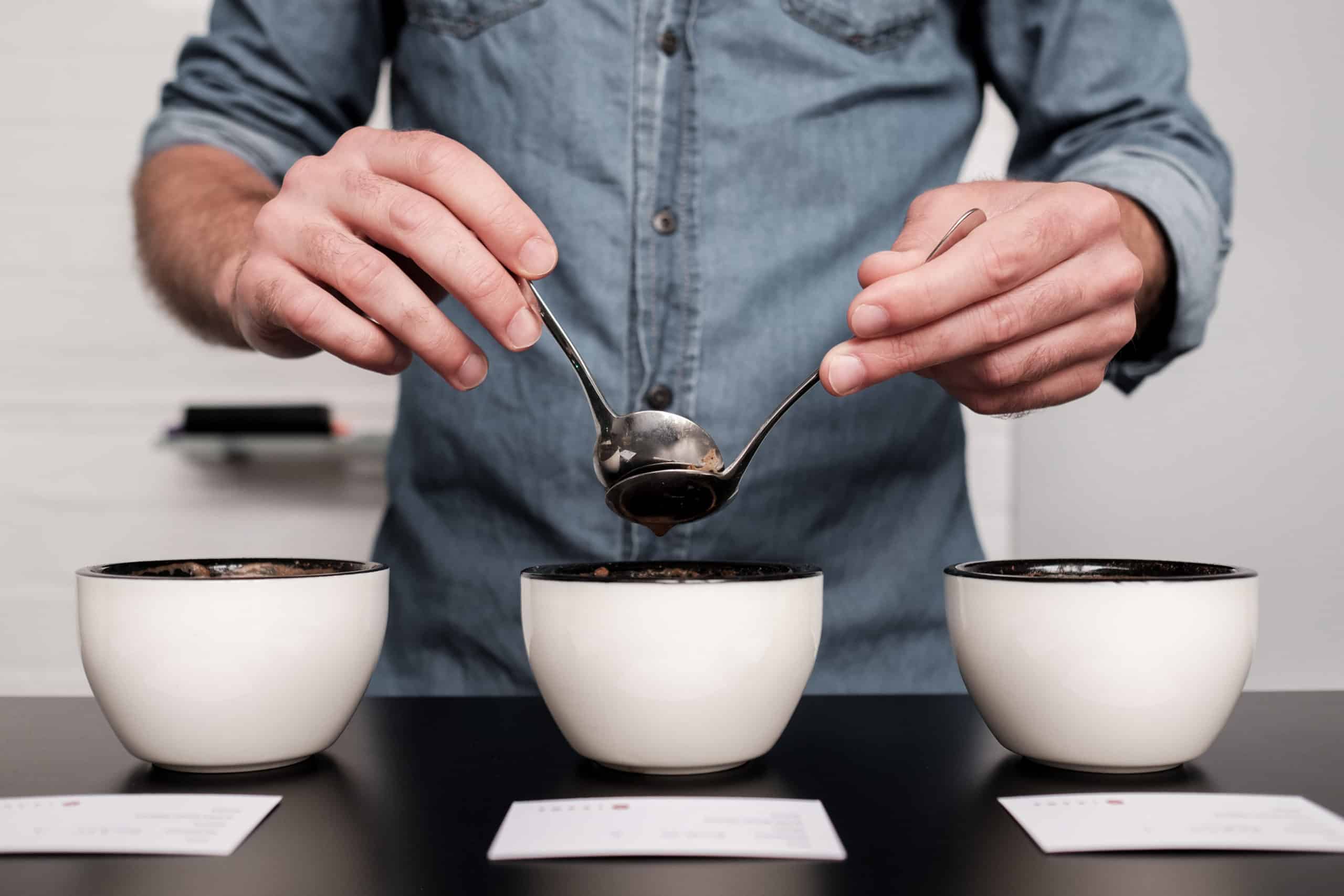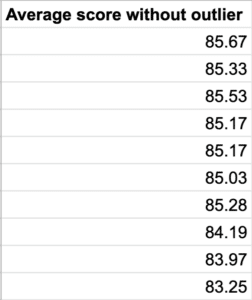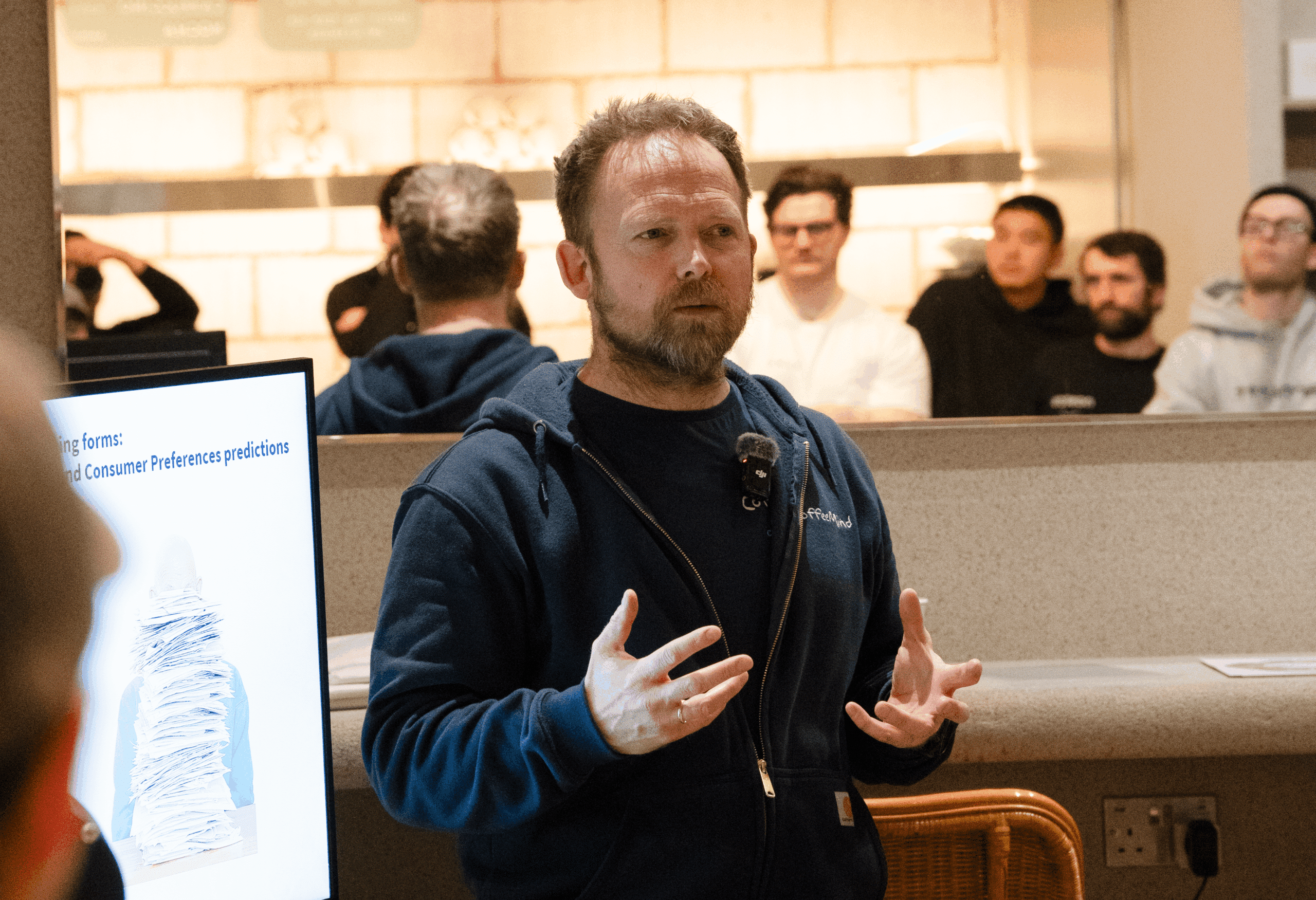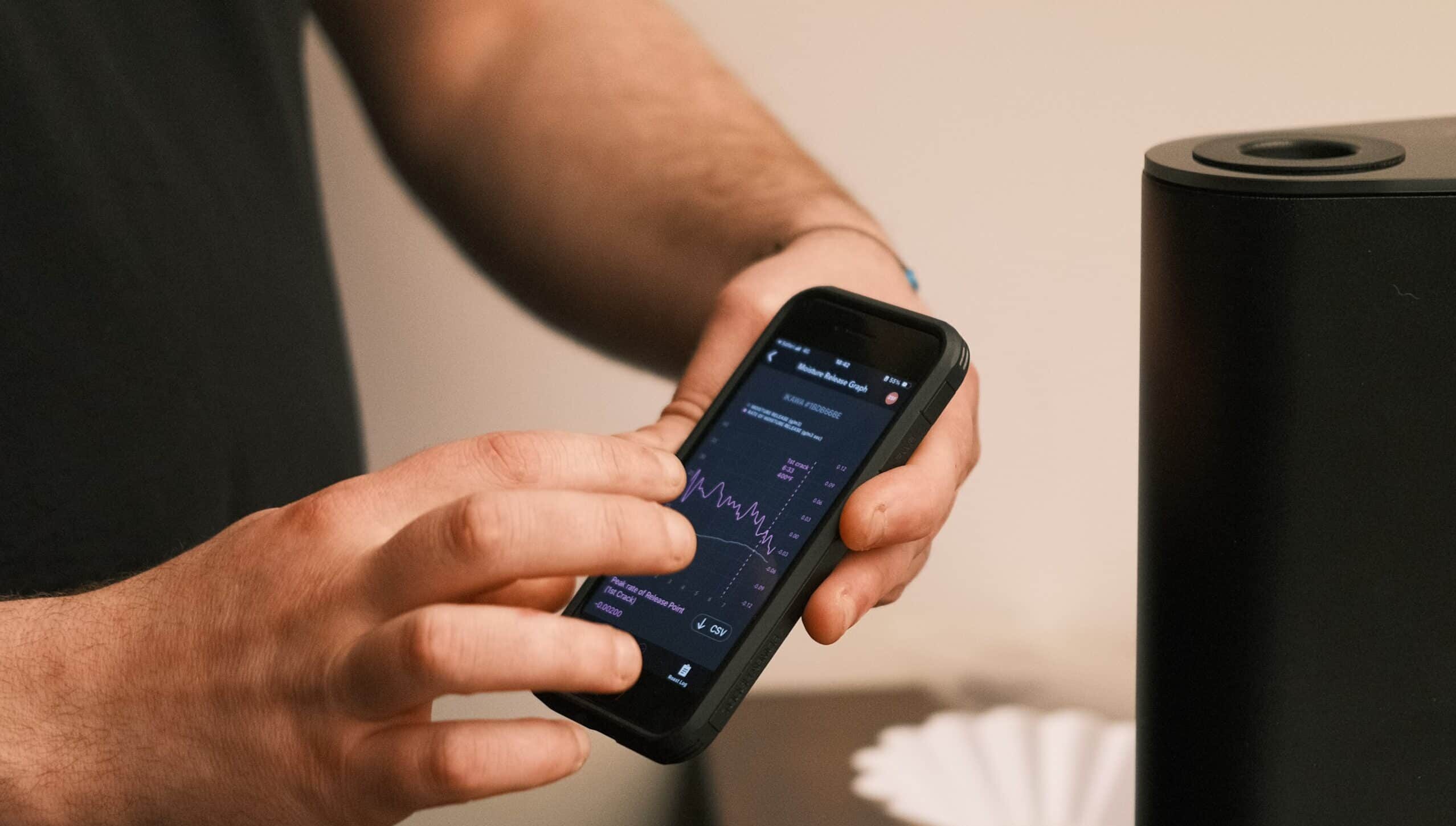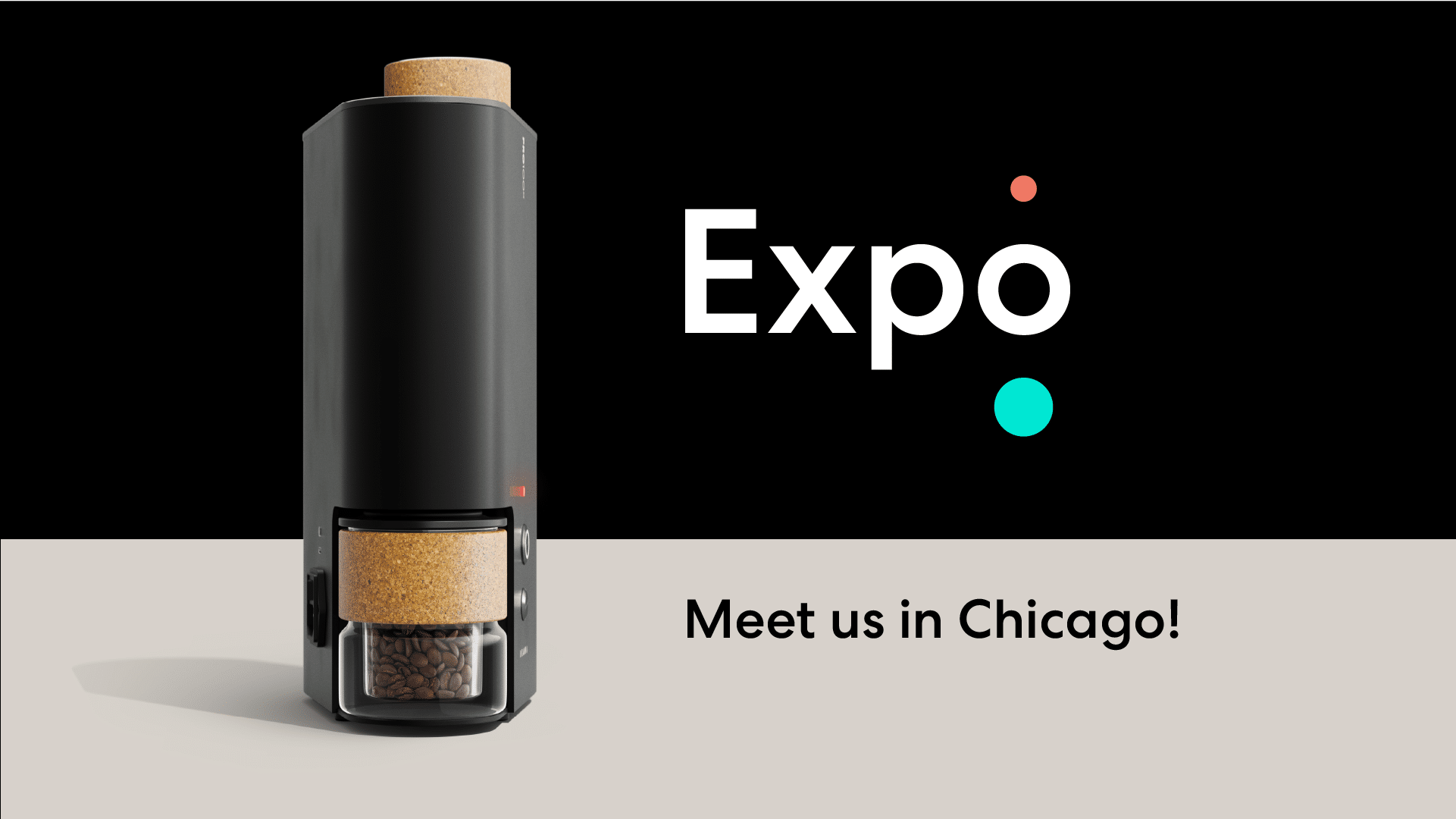Here, we are getting a better look at how much a roast could affect someone’s perception of a coffee. How high or low does the score go when the only variable is the roast?
When we took the average difference between each cuppers high and low score, it was surprisingly large: 4.5 points.
This is likely exaggerated because the cuppers knew that the cupping was one coffee roasted many different ways and part of the goal was finding the best roast profile.
But last year we held a similar exercise with a random assortment of coffees and asked cuppers to blindly score them. In one section, the same coffee was on the table more than once, and we saw similar results.
For one coffee, a beautiful Parainema from Santa Barbara in Honduras, we had two sets of cups. Each had the same coffee yet two different (good) roasts, and there was a 1.5 point difference between sets.
At another set of roasts, a lovely coffee from Guji Ethiopia, we had 3 good roasts for cuppers to score. Again, cuppers did not know that it was the same coffee. The average difference between the highest and lowest score was 4.1 points.
That is a massive difference. 80 – 84, or 84 – 88, or 88-92. From a producers side, that is a considerable difference in income. From a roastery side, that is an excellent coffee or just a good one.
Even 1.5 points is enough to affect the price of a coffee in a significant way, or have a coffee be passed up for another. Whether or not the results are exaggerated, this is really important, and displays what we already know from production roasting: small differences in roast make large differences in the cup.
So, how do we ensure that we are getting a roast that allows us to see the best in a coffee?
The international jury abroad scenario is important, but not the normal setting for evaluating coffee for purchase. Usually, an evaluator is in their own environment, their own lab, either at an exporter, importer, roastery, or similar.
Knowing your lab and figuring out which roasts works best with your water/grinder/etc is essential. Test your extraction on your roasts, see how different coffees develop in your conditions.
Equally as important, consistency in roast is key. Once you have found that sweet spot, make sure you can roast to it every time. Just like a production roast is affected by very small differences, so is a sample roast. A tool like the IKAWA Pro gives you assurance that you’re getting the right roast, every time.
Finally, cupping is a developed skill. The professional green buyers had a tighter margin each time for our fun NRF workshops. Those that cup coffees more, and learn to cup in different environments, have more success when they are away from their calibrated labs.

